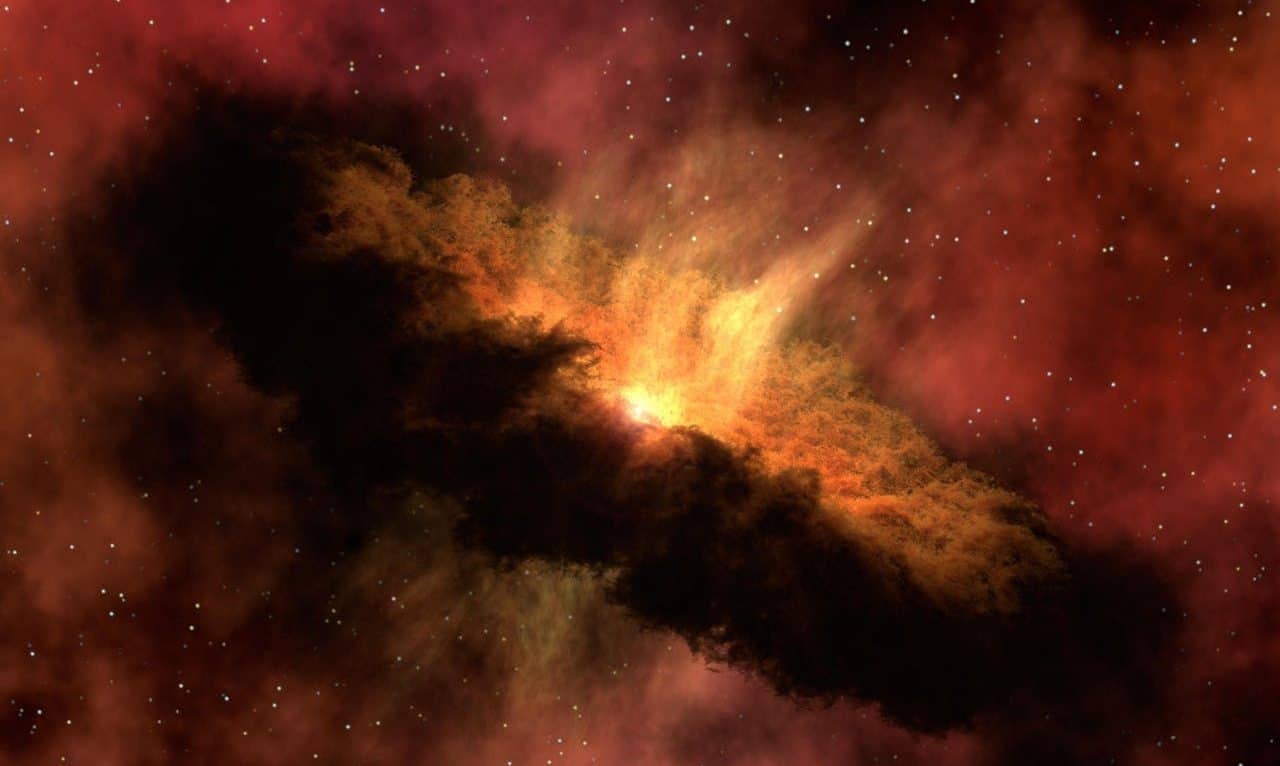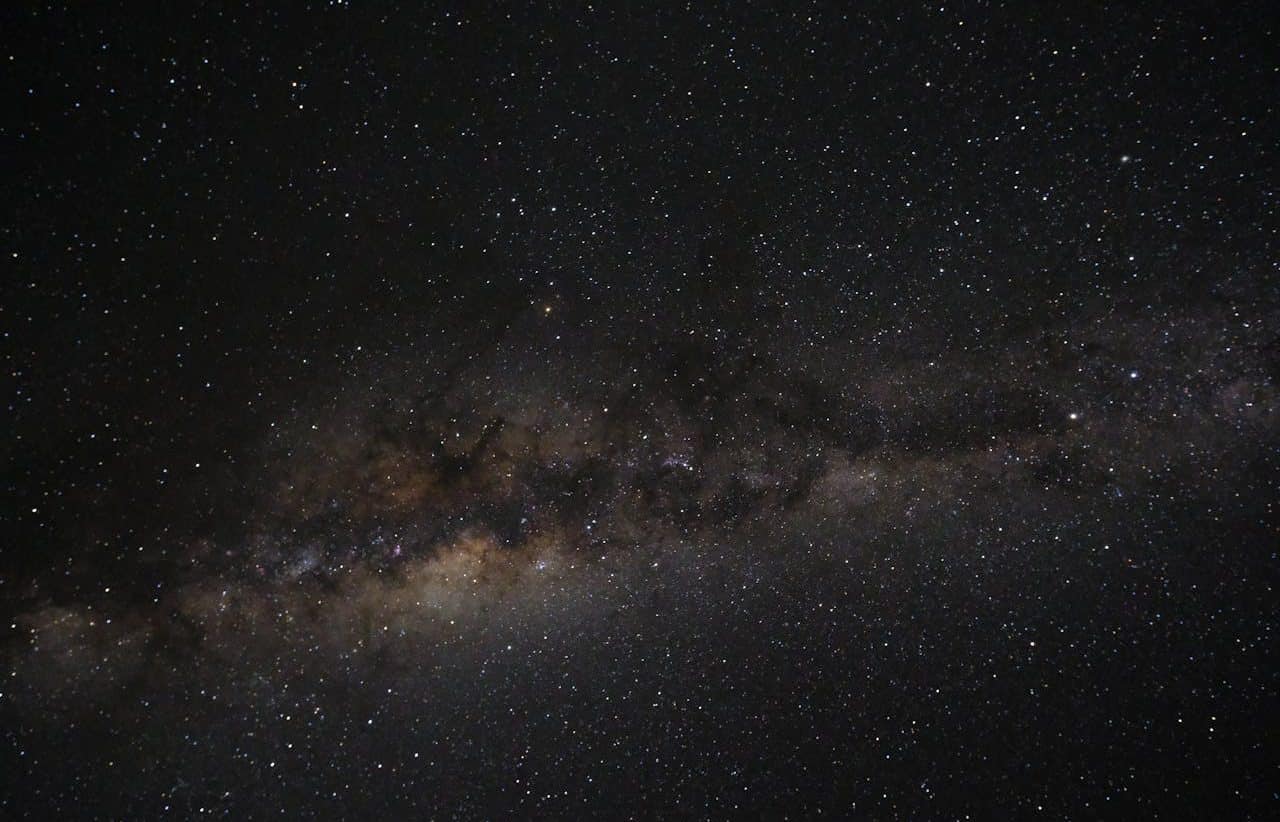
The nebula is a cosmic phenomenon that is made up of clouds of gas and dust.
The observable universe refers to the portion of the universe that we can observe and study from Earth, limited by the speed of light and the time that has passed since the Big Bang . Because light has a finite speed, we can only see objects whose light has had time to reach us, meaning that the observable universe spans approximately 93 billion light years in diameter .
Basics
The observable universe is composed of various bodies and cosmic structures. Stars are giant spheres of gas that emit light and heat due to nuclear reactions. Galaxies are huge groupings of stars, planets, dust and gas, organized around a nucleus that often contains a supermassive black hole . Galaxy clusters are collections of galaxies gravitationally bound together, forming the largest structures in the universe .
Cosmic phenomena play a crucial role in the evolution and dynamics of the observable universe. Among the most notable are the following:
- nebulae : clouds of gas and dust where new stars are born;
- black holes : regions of space where gravity is so strong that nothing can escape its pull;
- Supernovae : Stellar explosions that occur when a massive star collapses, releasing enormous amounts of energy and materials into space.
Cosmological theories and models
big Bang
The most widely accepted theory of the origin of the universe, which postulates that everything began about 13.8 billion years ago from an extremely hot and dense singularity, and has been expanding ever since. This cosmic expansion is the basis of modern cosmology, observed through the redshift of galaxies, which indicates that they are moving away from each other.
Dark matter and dark energy
Dark matter is a form of matter that does not emit light or energy, but whose existence is inferred from its gravitational effects on visible matter. Dark energy , on the other hand, is a mysterious force responsible for accelerating the expansion of the universe.
Cosmic inflation theory
It suggests that, in a fraction of a second after the Big Bang, the universe underwent extremely rapid expansion, solving several problems in cosmology , such as the homogeneity and isotropy of the universe.
Observational cosmology
It is based on the collection of data through telescopes and other instruments to study the universe and validate cosmological theories.
Cosmological principle
It postulates that the universe is homogeneous and isotropic on a large scale, that is, that it is the same in all directions and locations when observed at great distances. Note that the opposite concept of isotropy is anisotropy : a lack of uniformity depending on the direction in which a system is measured.

The universe is the same in any direction and location.
Astronomy concepts
Astronomical observatories
Facilities dedicated to the study of space. They use instruments such as telescopes and detectors to observe celestial bodies and astronomical phenomena. They can be on Earth, in places with clear skies and little light pollution, or in space, to avoid atmospheric interference.
Astronomical impacts
Collisions between celestial bodies, such as asteroids or comets that impact planets or moons. These events can have significant effects on a planet's geology and atmosphere, and even on the development of life, as occurred with the impact that is believed to have contributed to the extinction of the dinosaurs.
Astronomical transits
They occur when a celestial body, such as a planet, passes between an observer and a star , blocking a portion of its light. These transits are essential to detect exoplanets and study their characteristics.
Gravitational wave astronomy
It studies the waves generated by massive events in the universe, such as the merger of black holes or neutron stars. These waves, predicted by Einstein's theory of general relativity and detected for the first time in 2015, open a new window to observe cosmic phenomena invisible by other means.
Space telescopes
Instruments that orbit outside the Earth's atmosphere, allowing them to observe space without the distortion caused by the atmosphere. Examples like the Hubble Space Telescope have provided detailed images and data of galaxies, stars and planets, revolutionizing our understanding of the universe.
Phenomena and discoveries
Cosmic background radiation
The radiation left over from the Big Bang, considered the echo of the creation of the universe. It is microwave radiation that fills all space and is key to understanding the early stages of the universe. Its discovery in 1965 confirmed the Big Bang theory and made it possible to study the initial structure of the cosmos.
Hawking radiation
A theoretical phenomenon proposed by Stephen Hawking , which suggests that black holes are not completely black , but instead emit a form of radiation due to quantum effects near the event horizon. This radiation implies that black holes could lose mass and eventually evaporate, changing our understanding of quantum mechanics and gravity .
Gravitational lenses
A phenomenon predicted by Einstein's general relativity, in which light from a distant object is bent as it passes near a massive object, such as a galaxy or galaxy cluster, which acts as a lens . This can distort, amplify or multiply the image of the distant object. Gravitational lensing is useful for studying distant objects and also for mapping the distribution of dark matter.
Discoveries in astrophysics
They have revolutionized our understanding of the universe, from cosmic expansion and the detection of exoplanets to the observation of gravitational waves. These advances allow us to explore the nature of stars, galaxies and black holes , and raise new questions about the composition and fate of the universe. Astrophysics continues to be a key field for unraveling the deepest mysteries of the cosmos.

Human beings have been exploring the observable universe for decades in search of extraterrestrial life.
Life in the universe
The search for extrasolar planets (or exoplanets ) focuses on the detection of planets orbiting stars outside our solar system. This search is essential to find environments that could be habitable. Techniques such as astronomical transit and gravitational lensing have allowed the discovery of thousands of exoplanets, some located in the habitable zone of their stars, where conditions conducive to life could exist, such as the presence of liquid water.
Exobiology , also known as astrobiology , is the study of the conditions and possibilities of life outside Earth, on other planets and moons, what forms it might take, and under what extreme conditions it might survive. Additionally, it investigates how it might evolve in radically different environments, helping guide the search for extraterrestrial life in the universe.
The Search for Extraterrestrial Intelligence ( SETI ) project pursues signs of intelligent civilizations in the universe. It uses radio telescopes to listen for radio signals or electromagnetic emissions that could come from advanced technology. Although no definitive evidence has been detected, SETI remains one of the most emblematic initiatives in the search for intelligent life beyond Earth.
